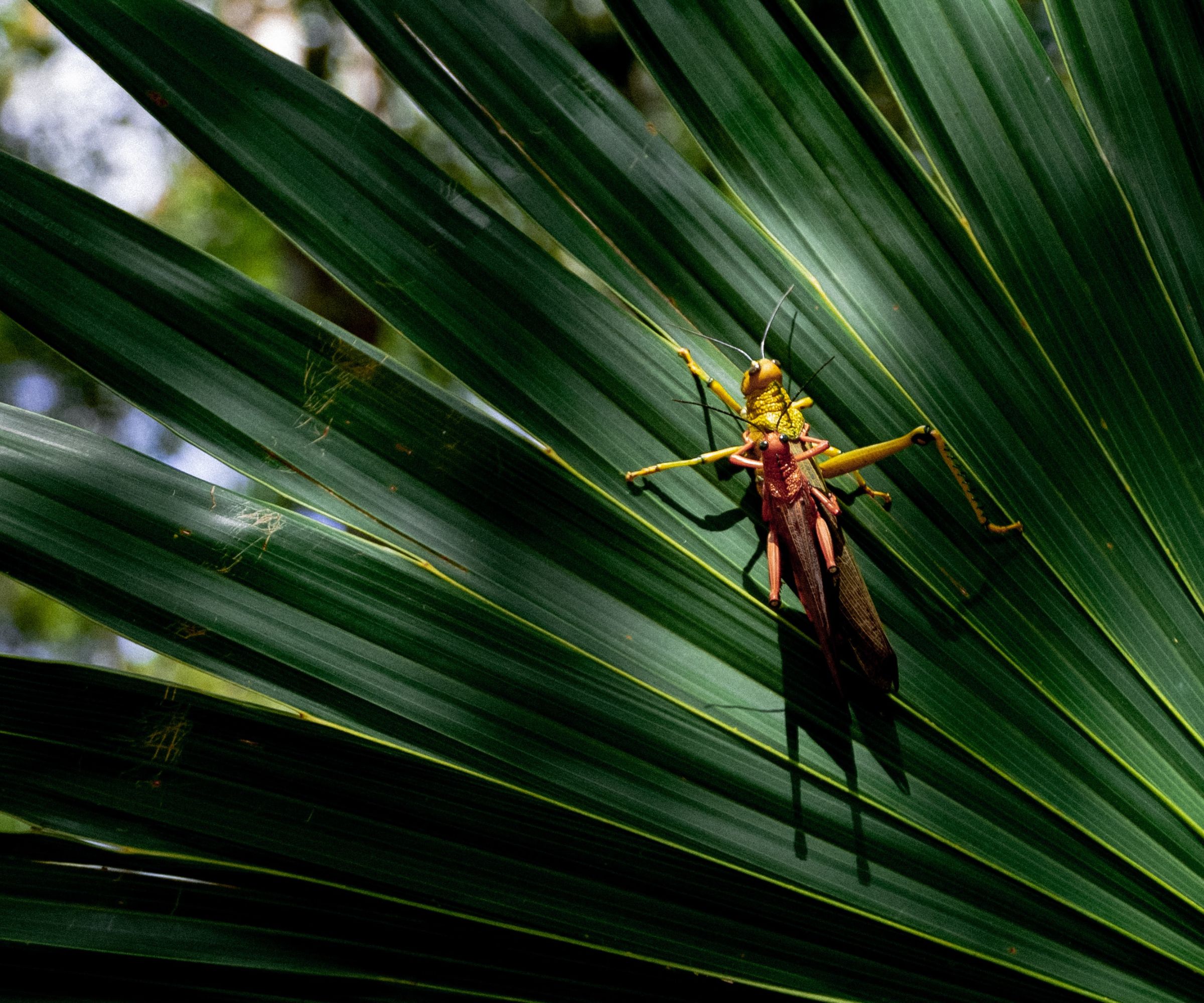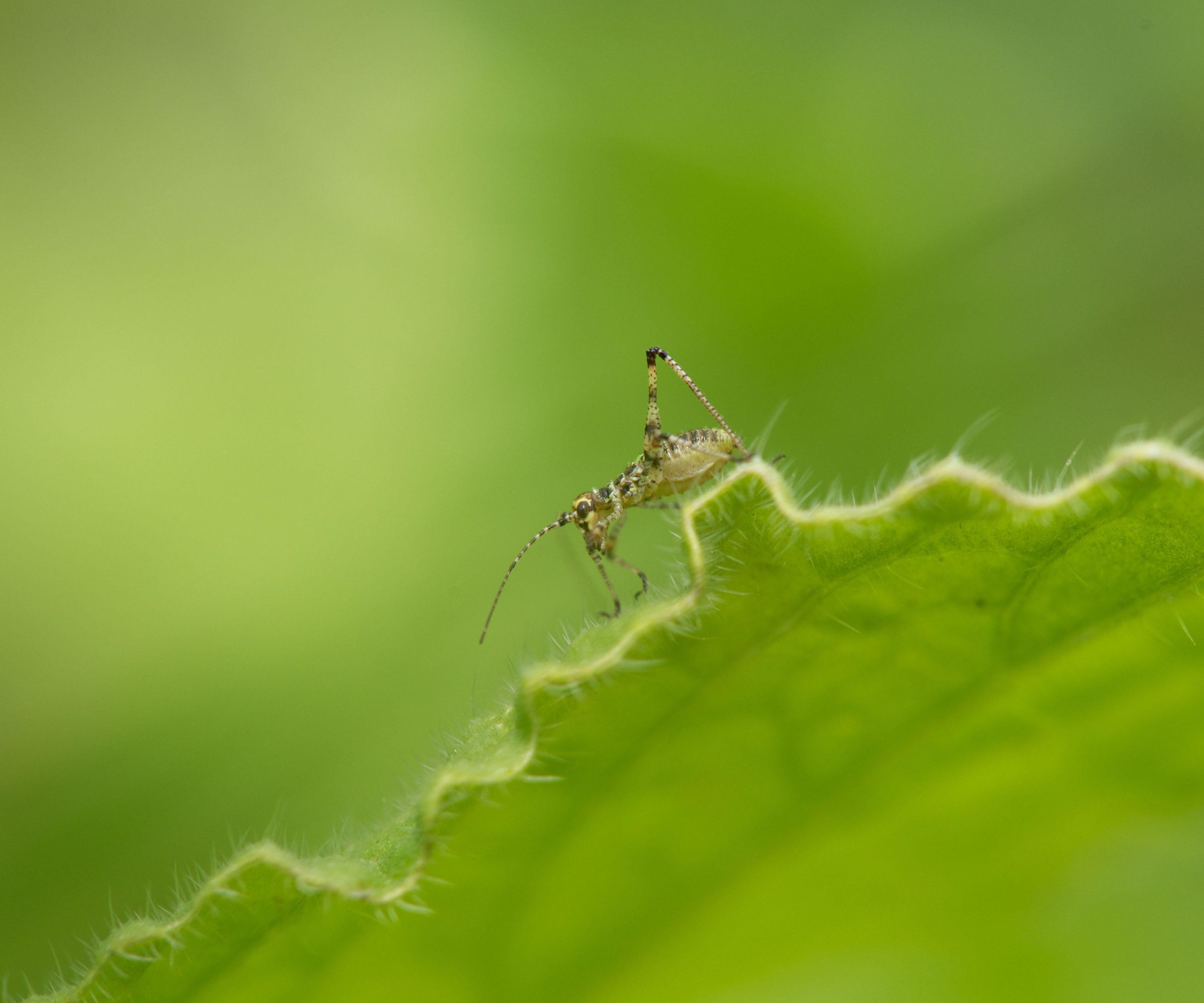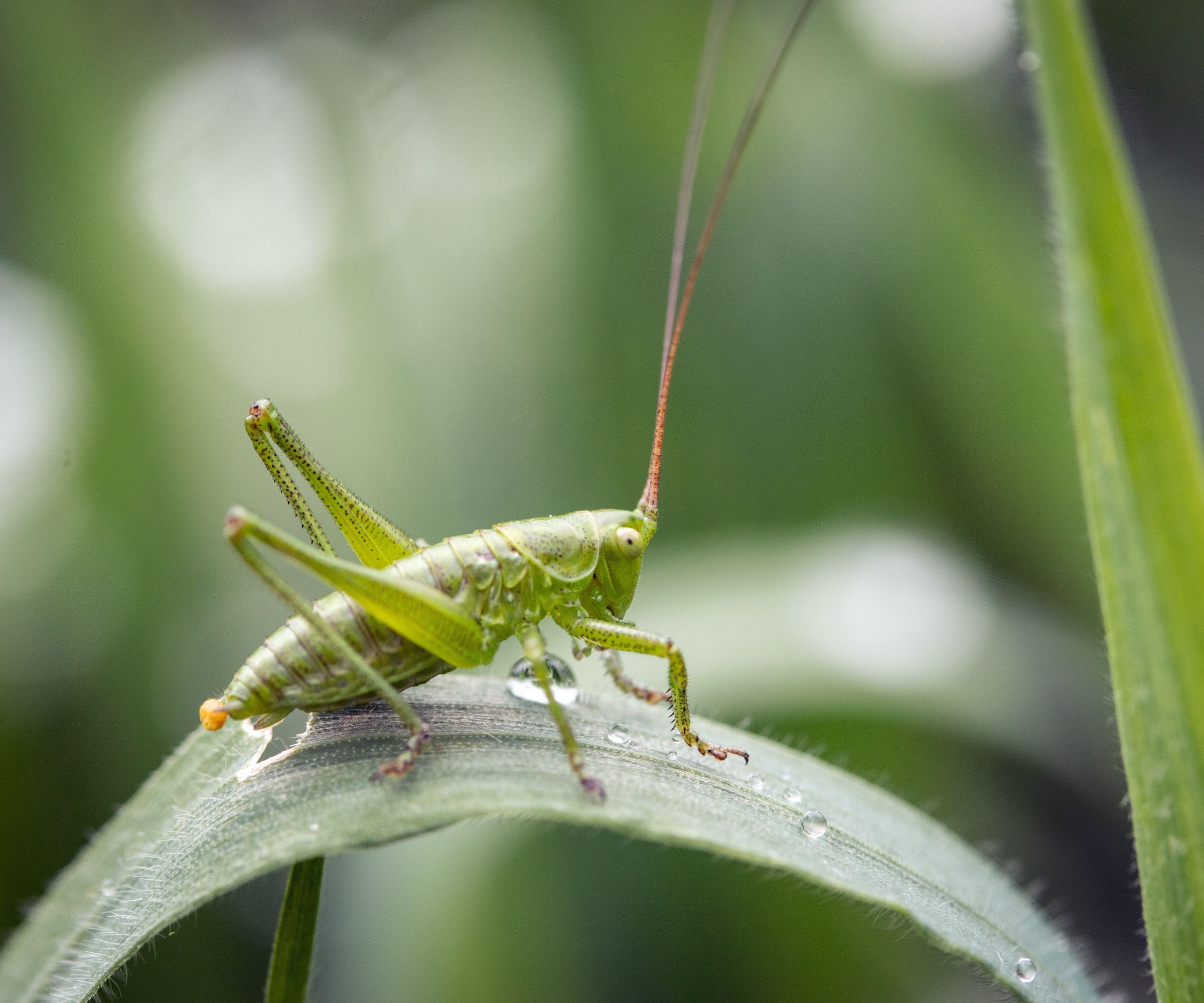How to keep crickets out of the house – 5 quick ways to get rid of crickets
Learn how to keep crickets out of the house with these 5 easy tips experts swear by


Crickets may be lucky in some cultures, but their loud chirping can quickly become a nuisance if it comes from inside of your home rather than the bushes on a late summer's evening. So, how do you keep crickets out of the house? And how can you get rid of them once they have moved in?
These small critters get a positive wrap after their appearance in multiple Disney films, however, they are one of the destructive houseplant pests, easily ruining garden ideas as they chew on plants and even destroying your home furnishings as they snack on wood, paper, and some fabrics. What's more, they are known to carry disease, making them a worrying addition to a house – especially ones with young children or elderly relatives.
Here, we look at how to prevent crickets from entering the house, what might be drawing them in, and how to get rid of them so that you can protect your family and your home decor ideas.
How to keep crickets out of the house

One of the most effective means of getting rid of house crickets is to prevent them from entering your home in the first place. When working with prevention methods, it is best to choose easy solutions that you are able to maintain throughout the summer months until the crickets die away or move to warmer areas for the colder months.
Considering natural or organic ways to keep crickets out of the house is one of the more sustainable and easily repeated methods of preventing crickets.
1. Allow animals to hunt
If your home has a four-legged friend such as a cat or dog, preventing crickets may be as easy as allowing them to hunt.
'Although we generally prevent our animals from hunting wildlife, dogs and especially cats can be excellent partners when it comes to pest control in your home and garden,' says Rachel Crow, garden editor for Homes & Gardens.
Having a prowling animal can help to dissuade pests such as crickets from approaching your home, or, if they do make their way inside, they can quickly kill these jumping insects before they have the chance to hide in a dark corner or lay eggs.
If you do not have a pet at home, consider nurturing your local bird population by putting out birdhouse ideas or planting plants for birds to encourage these natural predators into your garden. Birds can help to reduce cricket populations and keep them away from your garden and house.
2. Keep up with garden maintenance
Maintaining a manicured lawn can help to keep crickets out of your house as the outdoor environment fails to provide adequate shelter and food. Sweep away dead leaves and plant cuttings from the ground, ensure firewood is stored off of the floor, and regularly mow your lawn to prevent giving crickets hiding places and food sources that may entice them closer to your home.
Consider planting plants than discourage crickets from your property too. Learn how to grow peas, how to grow French beans, and how to grow legumes to deter crickets from your garden and prevent them from coming too close to your house. 'What's more, learning how to grow these nitrogen-fixing plants also grants you a wonderful vegetable garden idea,' adds Rachel, 'so there is little reason to not give it a go.'
3. Lower your outdoor lighting
Crickets, like many other bugs, are attracted to bright lights which may lead to a congregation of crickets by your external doors. If these doors are opened or have small gaps or cracks by them, these crickets may be enticed in by the warmth and shelter of your house.
To prevent attracting crickets to your property, consider swapping out bright outdoor lighting ideas for warm-toned LEDs or amber lights so as to light your yard but not readily invite crickets and other pests in.
4. Seal up your home
One of the more obvious ways to keep crickets out of the house is to block up any possible entrance points. 'Any cracks or holes in masonry, wood, doors or window fittings can make the perfect entrance for a cricket in search of shelter and sustenance,' says Rachel. 'Make sure to seal up these points of entry as soon as you find them as well as keeping windows and doors shut or covered with a screen to prevent crickets infiltrating your house and laying eggs.'
5. Create traps around your home
Creating natural traps can help to catch crickets straying too close to your house before they have the chance to enter. Molasses makes an ideal trap for crickets as its sweet smell draws them in and its viscosity traps and drowns the bug.
To use molasses as an effective cricket trap, combine one part molasses with ten parts water and place it in jars or shallow containers around your houses perimeter but especially near possible points of entry such as doors and windows. This is a great alternative to sticky traps using things you may already have around your home. If you have pets or small children, make sure to keep them away from these traps to prevent the spread of disease or a large sticky mess to clean up later.
Why crickets may be drawn to your home

Crickets rarely invade a home intentionally. Instead, they prefer to live outside there they thrive, so home infestations is rare. Despite this, they do, like many insects, accidentally stray indoors in search of food and shelter as we increasingly urbanize.
Crickets are primarily attracted to warmth and food, so a warm home with houseplants, food left out or incorrectly stored, or homes with moisture such as from a leak or humid space can all be draws for a cricket to stay once they have found themselves inside. Due to their small size and relative dexterity, crickets can easily burrow into small cracks in baseboards, floors, or walls, meaning they can be tricky to find once they have moved in.
How to get rid of crickets in the house

if crickets have ventured indoors, there are a few easy methods to get rid of them before they lay eggs or their almost constant chirping becomes too irritating.
1. Locate the cricket in your home
As crickets thrive outside, it is rare to have more than one cricket that has strayed into your home, although a few may come in over a few days if you live in the right climate.
'The first step to effectively removing crickets from your home is to locate them,' explains Rachel. 'Crickets can hide in the smallest of spaces making it difficult to spot them. Instead, listen carefully and locate them by ear, using the space their chirping is loudest for the basis of your removal efforts.'
Check darker areas of your home that may be able to provide these insects cover, particularly ones that are moist such as laundry rooms, bathrooms, or basements.
2. Use the vacuum
If you suspect an area of harboring crickets, vacuum the entire space to catch any eggs or droppings they have left behind. If you are lucky, the vacuum may catch adult crickets too, although this method is largely used to prevent a more serious problem down the line.
The vacuum should be emptied immediately into an outdoor waste bin when you are done.
3. Consider boric acid
Much like how to kill red ants, boric acid is a common pesticide that can be effective against crickets. Although coming in pellet and tablet form, boric acid is most effective in its powder form against bugs such as crickets as it can be mixed with powdered sugar to entice indoor crickets over. Once ingested, the boric acid kills the crickets allowing for easily removal. Sprinkle the acid in places you suspect crickets for the highest efficacy.
be careful with this method is your household has pets or small children - although unlikely to be fatal, it can cause vomiting and other flu like symptoms.
4. Use glue boards or molasses traps inside
Sticky traps such as molasses and sticky boards can be just as effective in trapping crickets inside the home as preventing them from coming inside in the first place.
Place in the area you suspect has crickets and check regularly for catches to remove from your home.
What smells to crickets not like?
Crickets do not like the smell of stong peppermint. Much like getting rid of cockroaches or getting rid of sugar ants, peppermint oil can repell crickets away from your home and garden when applied to your properties perimeter, or if your plant mint plants in your garden.
If using peppermint oil, reapply frequently, especially after heavy rain to maintain its efficiency.
How do you get rid of a cricket you can't find?
To get rid of a cricket you can's find, place traps around the areas you suspect. Listen out carefully for the cricket in your home and place molasses traps or boracic acid and powdered sugar in the areas the chirping is loudest to draw the crickets out.
Sign up to the Homes & Gardens newsletter
Design expertise in your inbox – from inspiring decorating ideas and beautiful celebrity homes to practical gardening advice and shopping round-ups.

Chiana has been at Homes & Gardens for two years and is our resident 'queen' of non-toxic living. She spends most of her time producing content for the Solved section of the website, helping readers get the most out of their homes through clever decluttering, cleaning, and tidying tips. She was named one of Fixr's top home improvement journalists in 2024.
-
 Urban gardening ideas – 7 creative ways to grow in small spaces, balconies, containers, indoors, and more
Urban gardening ideas – 7 creative ways to grow in small spaces, balconies, containers, indoors, and moreMake the most of your space with these innovative ways to garden
By Tenielle Jordison
-
 'Sexy disco-era Italy meets Japanese farmhouse in the Brazilian jungle' was the description the interior designer gave this glass-walled modernist home
'Sexy disco-era Italy meets Japanese farmhouse in the Brazilian jungle' was the description the interior designer gave this glass-walled modernist homeOffering a warm welcome that defies its stark, modernist lines, this archictectural gem is full of surprises
By Karen Darlow